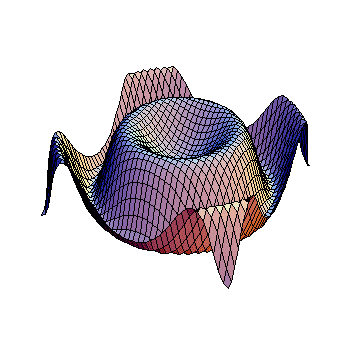What is #0.3828282828...# as a fraction?
2 Answers
Explanation:
In case you have not encountered it, note that the repeating part of a decimal representation can be indicated by a bar over the digits.
In our example:
#0.382828282... = 0.3bar(82)#
To convert to a fraction we want to find an integer to multiply it by to get another integer.
Let's multiply by
The first factor
The
#(1000-10)0.3bar(82) = 382.bar(82) - 3.bar(82)#
#color(white)((1000-10)0.3bar(82)) = 379#
Now divide both ends by
#0.3bar(82) = 379/(1000-10) = 379/990#
This does not simplify any further since
Explanation:
we can use geometric progression to solve where,
therefore


